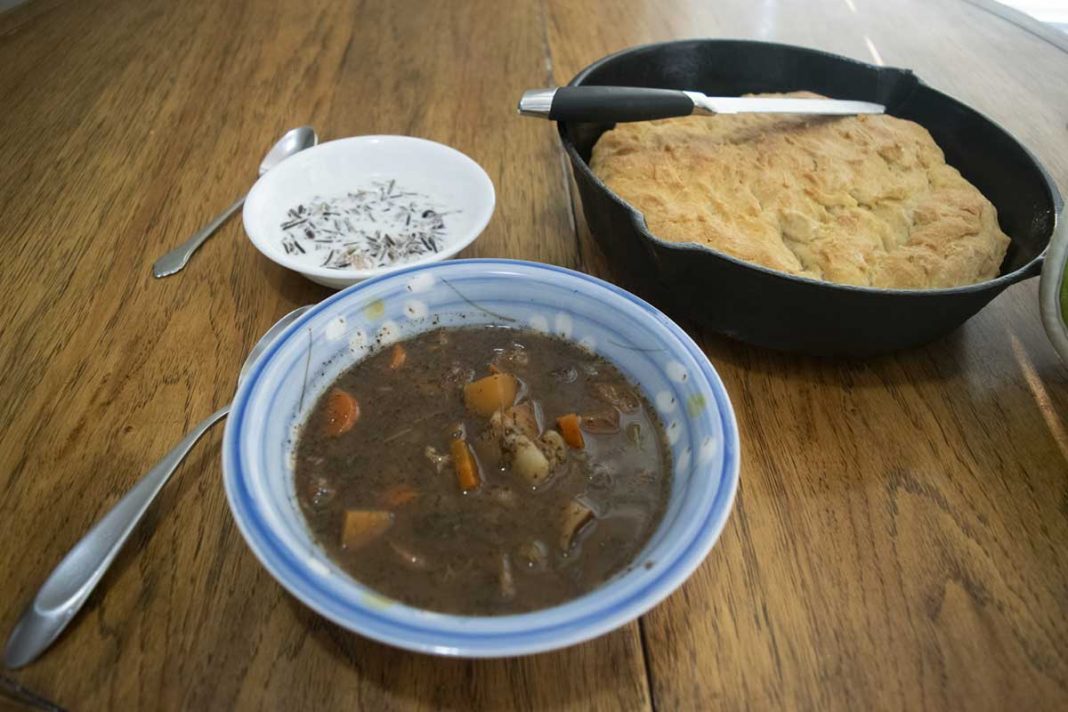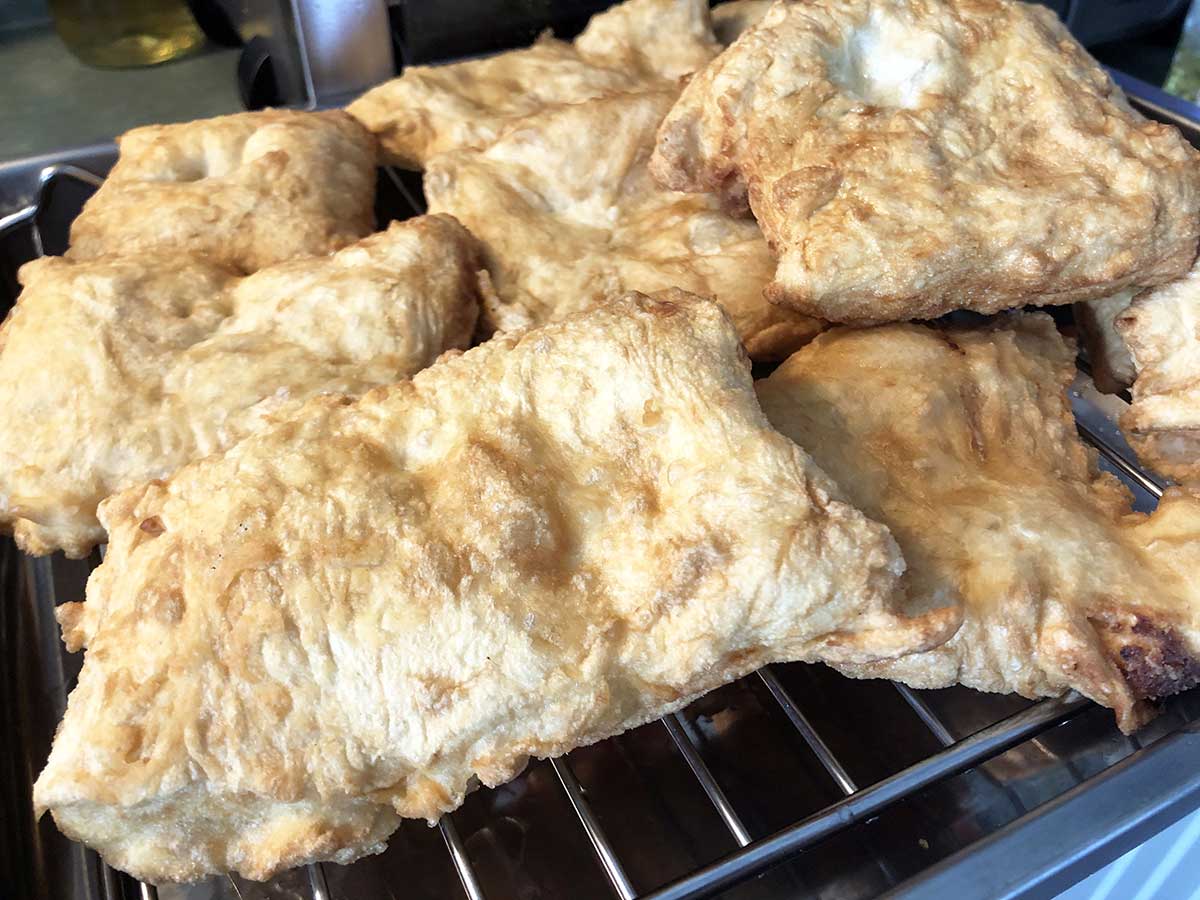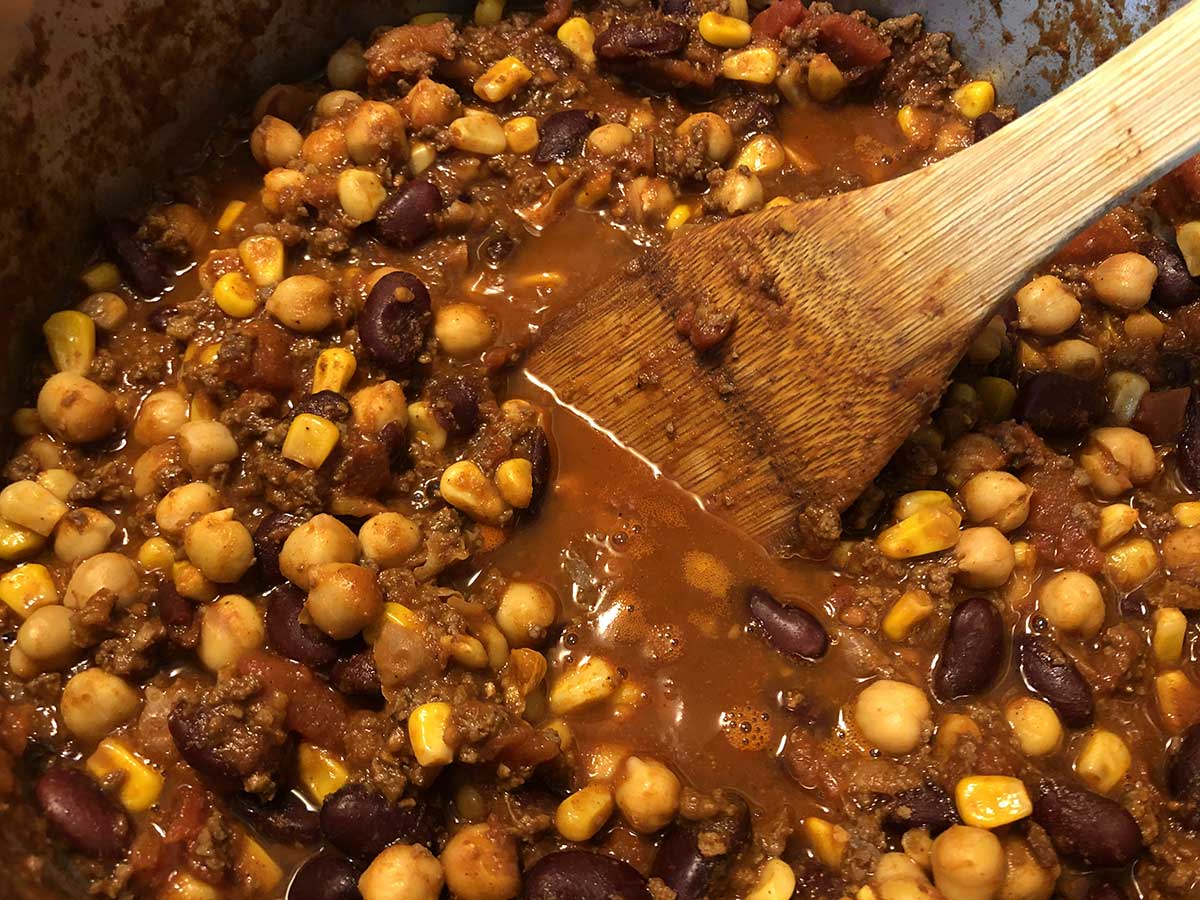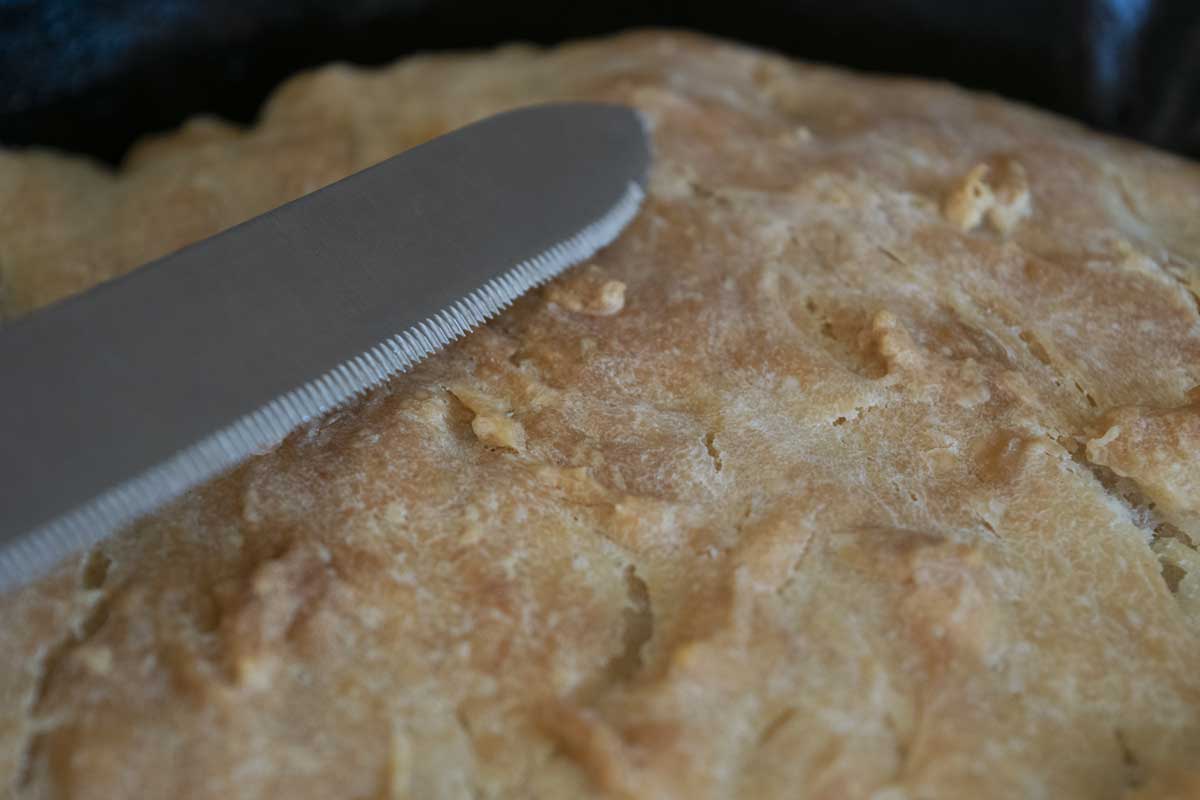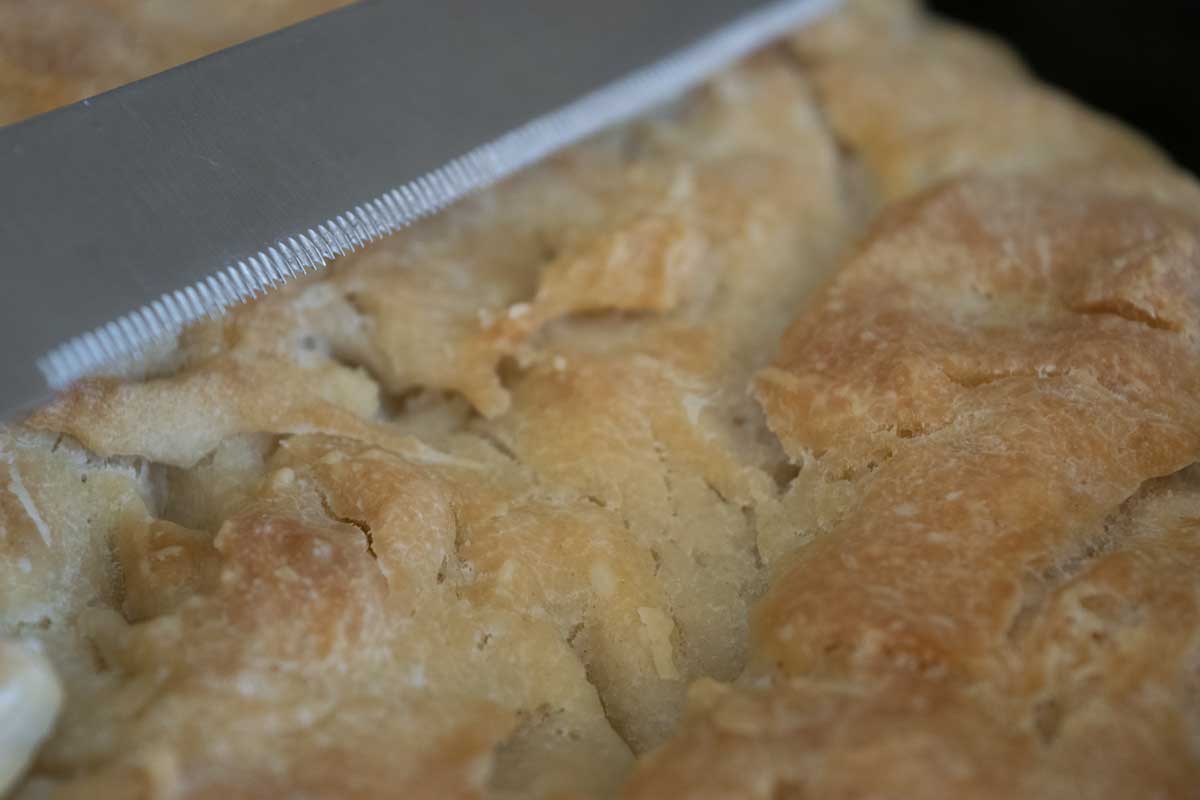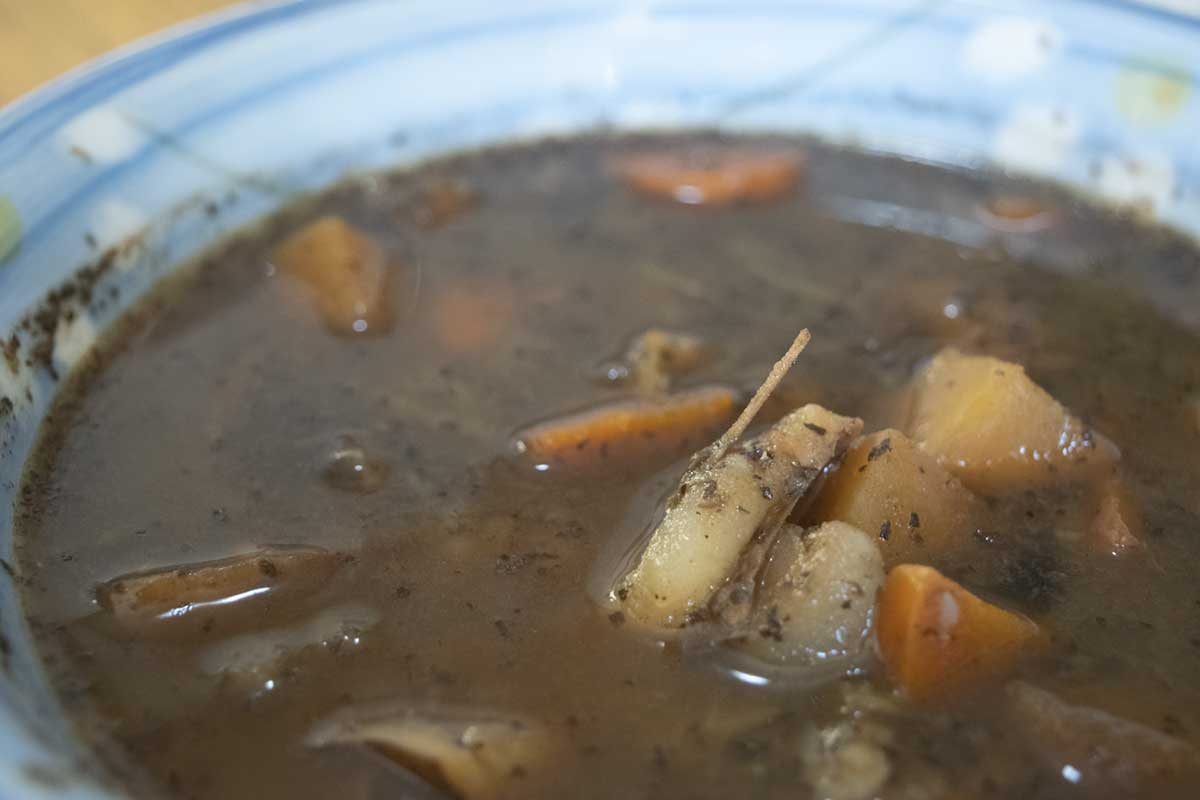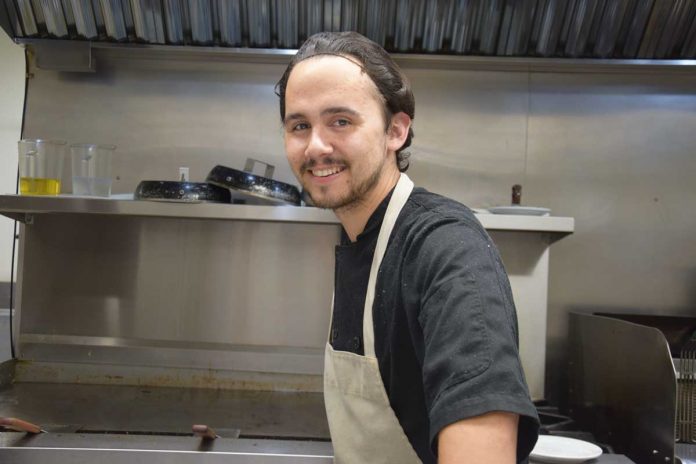LITTLE CURRENT – Ottawa’s Summer Solstice Indigenous Festival (SSIF) went virtual for 2020 in line with public health recommendations of physical distancing and the ban on large group gatherings, allowing people across Turtle Island to take part in the various activities from the comforts of their home communities.
The event ran from June 1 to 21 for National Indigenous History Month, culminating in National Indigenous Peoples Day on the final day of the festival.
SSIF began in 2008 as a three-day event. In 2011 the event expanded into a 21-day festival to mark 15 years since the Canadian government designated June 21 as National Aboriginal Day.
The event features visual and physical arts, dance competitions, a powwow, vendors’ market and a wide variety of hands-on workshops and demonstrations. Culinary workshops in particular have often been very popular at past events.
Northern Ontario Summer Solstice, an Indigenous Tourism Ontario-run festival based on SSIF, was supposed to have an inaugural event in Wiikwemkoong this year and circulate through the North in future years. The Wiikwemkoong event was hoped to have drawn 15,000 to 20,000 people.
In light of the COVID-19 pandemic, organizers of both SSIF and Indigenous Tourism Ontario shifted the event to an online format. The month featured an array of virtual powwow dance competitions with prizes for dancers, drum groups and hoop dancers.
The marketplace (which remains accessible until June 30) allowed artisans to sell their art, creations and other products to the public.
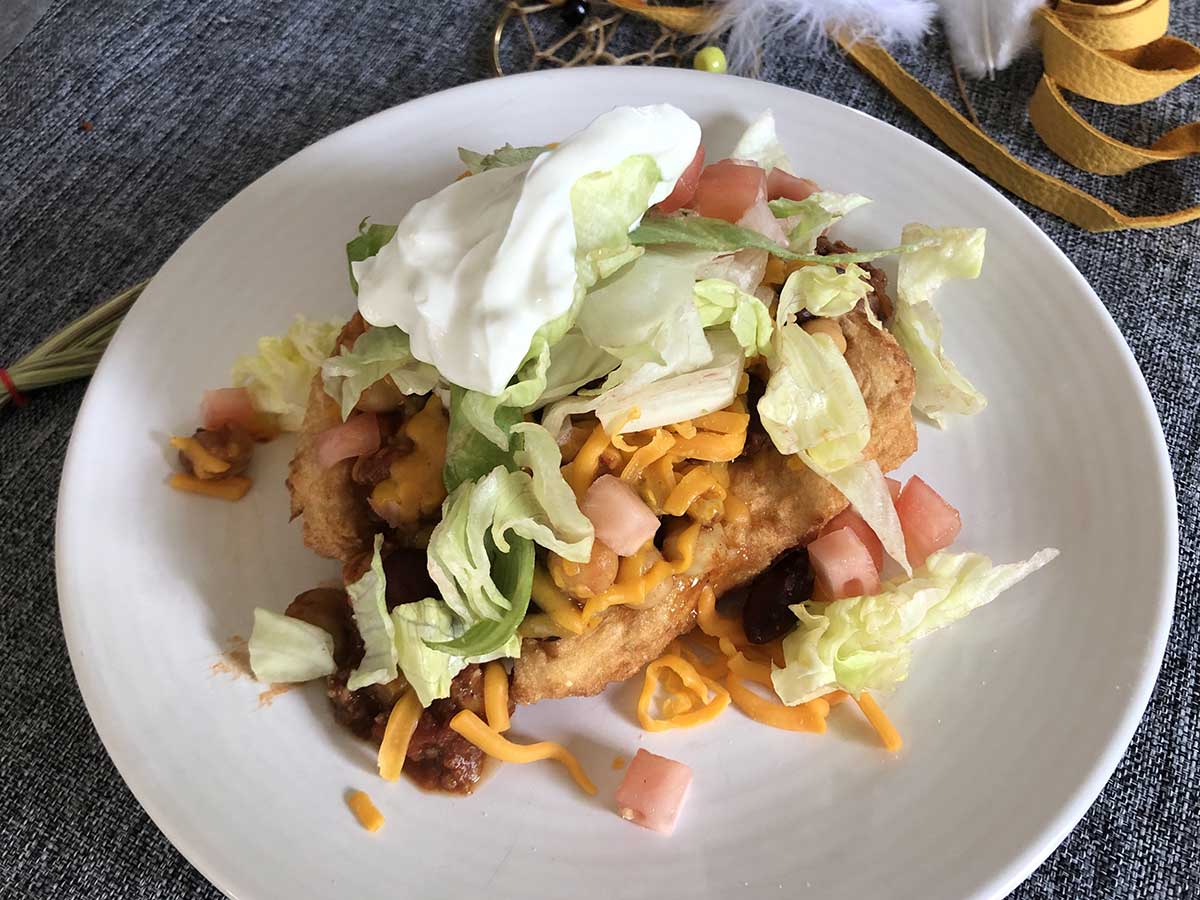
Two of the most popular types of workshops were also translated into an online format—traditional arts and crafts as well as culinary demonstrations.
Anyone registered for those workshops who lived in specific regions, such as Manitoulin Island, would then receive a ‘Manitou Spirit Box’ couriered to their door with all of the pieces they would need to follow along with a virtual instructor.
This newspaper received two Manitou Spirit Boxes in partnership with Indigenous Tourism Ontario to follow along with the festival. The materials inside were enough to take part in activities such as rattle and dreamcatcher making, as well as the ingredients for a venison stew meal and a Nish taco meal.
On June 21, this reporter joined the virtual venison stew workshop hosted by Chef Cezin Nottaway and Chef Georges Laurier who walked the viewers through three “kokum (grandmother)-inspired recipes.”
Within the box was a refrigerated pouch containing, for the dinner, cubed venison, a variety of vegetables and a packet of dry bannock mix. The box also held a wild rice tea blend, a bundle of dried savoury and a turnip.
Working fast was essential to keep up but fortunately the video was able to be paused or rewound if the time got away.
Chef Cezin was watching along and commenting in the live chat, answering questions from viewers about ingredient substitutions or tips for success. Unfortunately, her live chat presence was limited to the 40-minute runtime of the cooking demo so for slower cooks who had fallen behind the live timeline, such as this author, the live interactions were not very applicable.
Soon, the venison was sizzling along with sauteéing vegetables and a hearty aroma filled the kitchen. With all the constituent parts assembled, it was off to a warm oven to cook for a couple of hours.
A few extra optional ingredients and handy kitchen tools were used in the video, though the stew recipe was not available beforehand so trying to find these items on the fly was a bit of a challenge.
The bannock came next in its handy pre-mixed bag. Just add lukewarm water and some love—the most important ingredient, according to Chef Cezin—and a sticky dough was ready in seconds, to be placed in an oiled cast iron skillet.
This baked alongside the stew for 50 minutes and afforded time to take the provided wild rice, coconut milk, sesame seeds, shredded coconut, dried fruits and maple syrup and turn these into a marvellous wild rice pudding as a dessert.
Cooking the wild rice ahead of time allowed it to cool down in the fridge and become a refreshing cold dessert after a hearty hot bowl of stew.
The stew and bannock finished at the same time and both looked equally tempting. The stew carried a deep, rich flavour that was well-balanced and satisfying, possibly aided by the use of a dark tea as a base.
The bannock had a delightful golden-brown crunch on its top and a tender interior, perfectly matched to the stew (and an unhealthy amount of butter, of course).
As a chaser to the main course, the rice pudding provided a neat, chill conclusion to the dinner. Its use of maple syrup as a sweetener allows the cook to tailor the taste to their own preferences.
Another Expositor staffer tried out the Nish taco and bison chili recipe the following night and was satisfied with the results.
Also included in the Manitou Spirit Box was a CD of powwow music that made an appropriate soundtrack to the traditional food creations.
This reporter filmed his experiences making the venison stew meal and will be uploading a condensed version of the events to this newspaper’s website, Manitoulin.ca.

